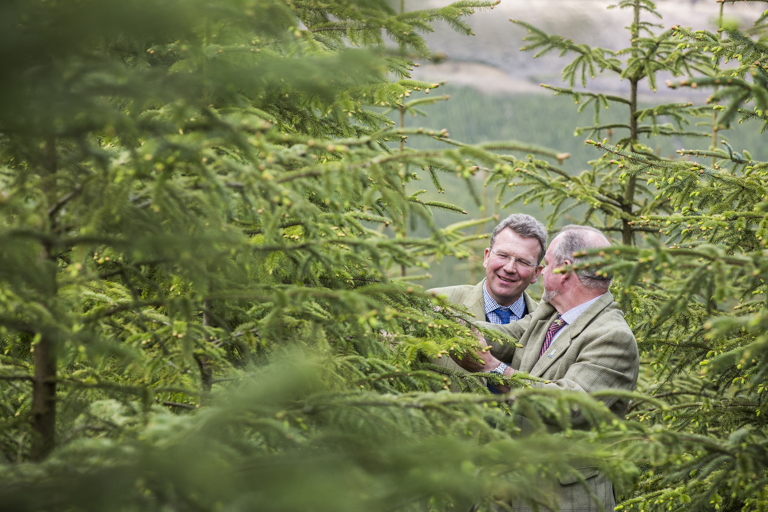It's Tree Time
Scottish Government policy and carbon unit trading boosts the industry

The Scottish Government’s commitment to increasing the country’s tree cover has been bolstered by the Cabinet Secretary for the Rural Economy and Connectivity, Fergus Ewing’s recent announcement of the intention to implement a stepped increase in the annual planting target from 10,000 hectares to 15,000 hectares by 2025.
New woodlands still qualify under the agricultural Basic Payment Scheme and applicants can secure grant funding via the Scottish Rural Development Programme towards the cost of undertaking the planting. There is much optimism in the industry that now is the time to “start planting again” and developments in the sale of ‘carbon units’ from new woodlands can provide enhanced benefits to the landowner.
Landowners and managers can now top up the income generated from woodland creation by selling the rights to the carbon captured by newly planted trees. The new woodland must meet the Government backed Woodland Carbon Code (WCC) standards which, amongst other things, demonstrate that reliable estimates of carbon captured can be made (the number of ‘carbon units’ available for sale); a long-term management plan is in place; and, importantly, that the new planting project would not go ahead without the additional carbon funding.
The WCC is designed to help organisations and businesses mitigate the impact of their greenhouse gas emissions and contribute to wider environmental benefit by funding tree planting. The landowner undertaking the planting is required to make a commitment to retain the woodland created for a set period, to manage the trees on an agreed silvicultural system and to allow the carbon purchaser to use the woodland for their marketing purposes.
Benefits to the landowner are primarily financial, with the income generated from the sale of carbon units supplementing that from planting grants, the sale of timber and sporting activities as well as helping to recoup the woodland establishment and management costs and loss of agricultural income.
In the past, carbon purchasers were primarily focused on helping to fund new native planting schemes due to the perceived additional wider environmental benefits this would bring. However, a recent development has been the recognition that faster growing commercial conifer species, such as Sitka spruce, absorb and lock up carbon from the atmosphere faster than the slower growing native species. Of course, any new planting scheme is required to meet the UK Forestry Standard and will have a proportion of native and non-commercial trees species but recognition of the benefits of growing productive conifer allows the landowner not only to create a new carbon sequestering woodland but a woodland that will provide an in-demand product at the end of the carbon sale agreement.
In early 2017, Bidwells worked with a Perthshire landowner to successfully deliver 21 hectares of new woodland and the negotiated sale of the carbon units arising. During 2017/18 there are plans to create several new woodlands throughout Scotland with our clients: for 450 hectares of these new woodlands we are working to reach an agreement on the sale of carbon units.
15,000ha
annual planting target from 2025, an increase of 5,000 hectares

